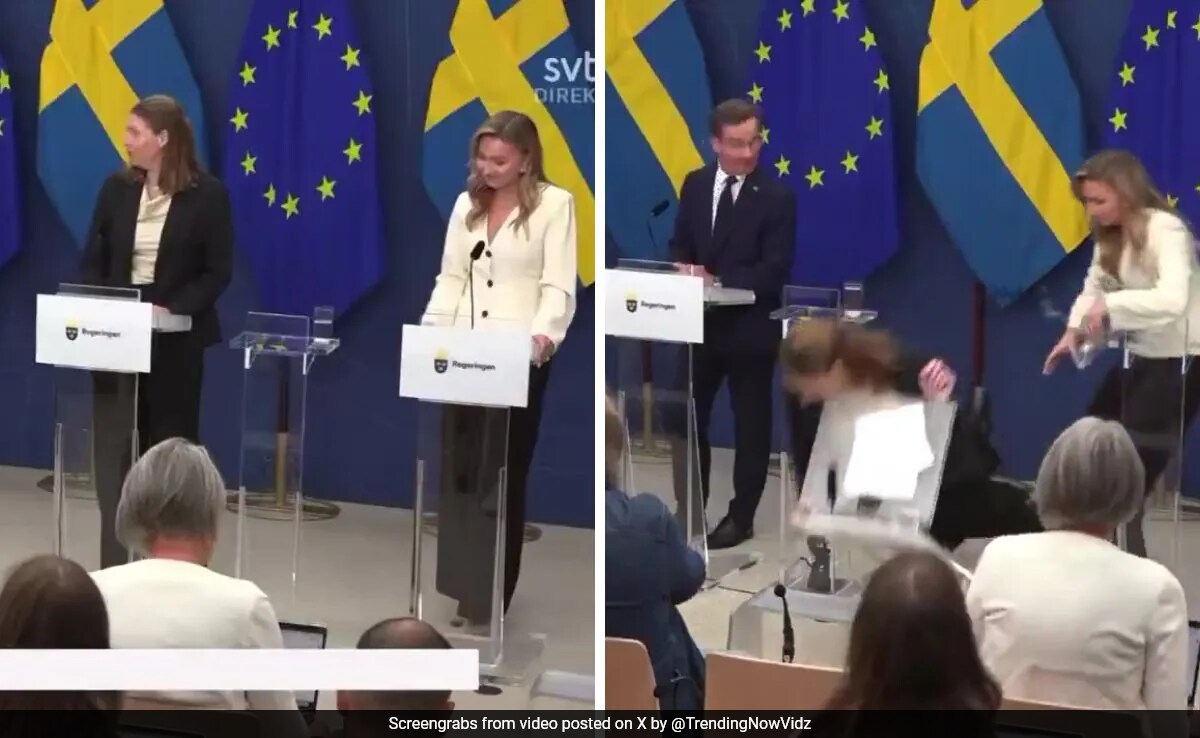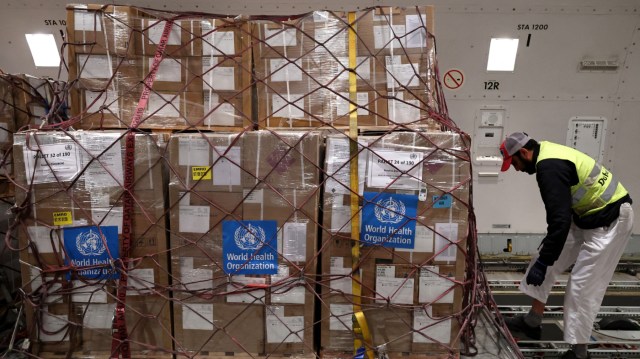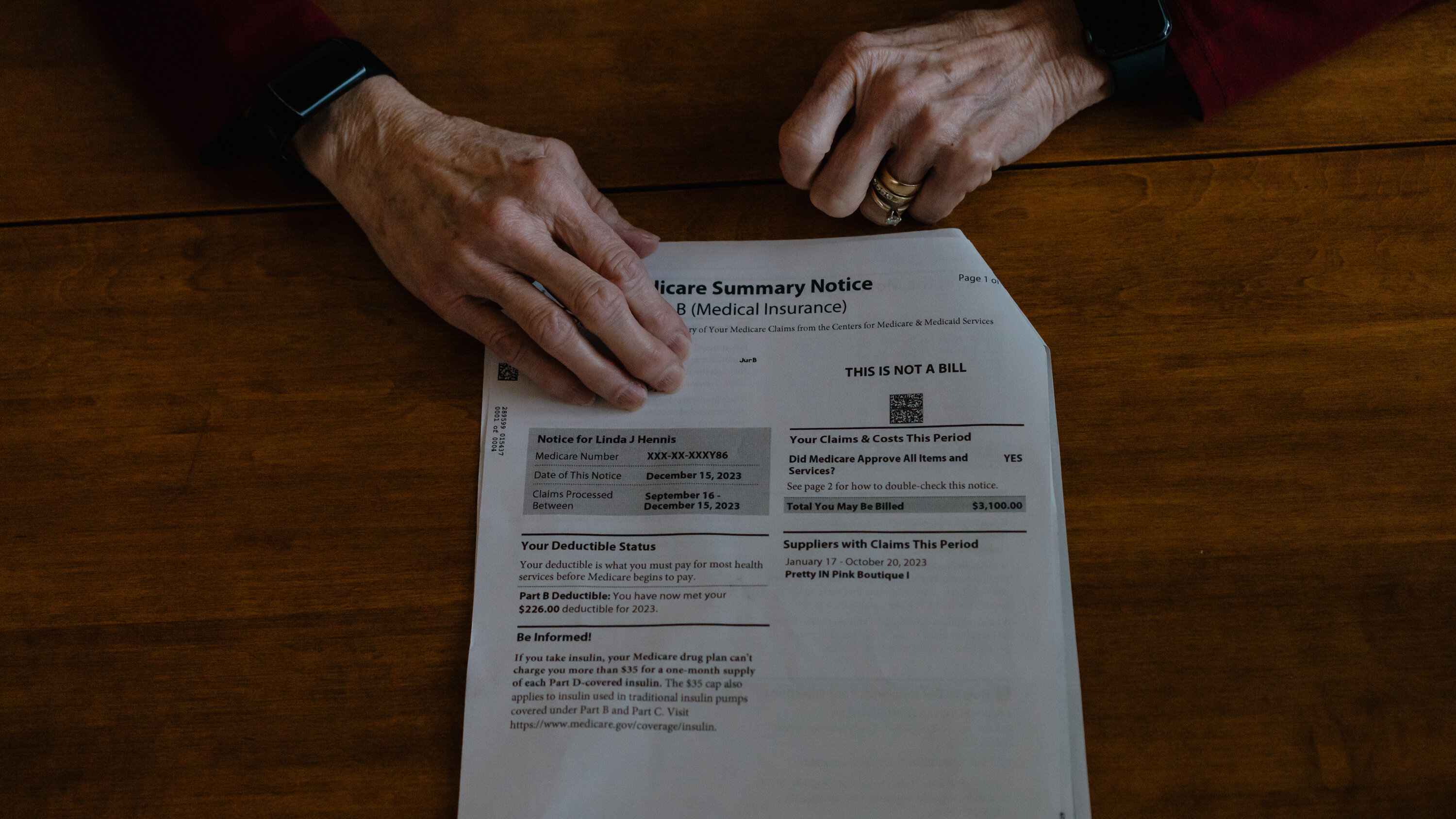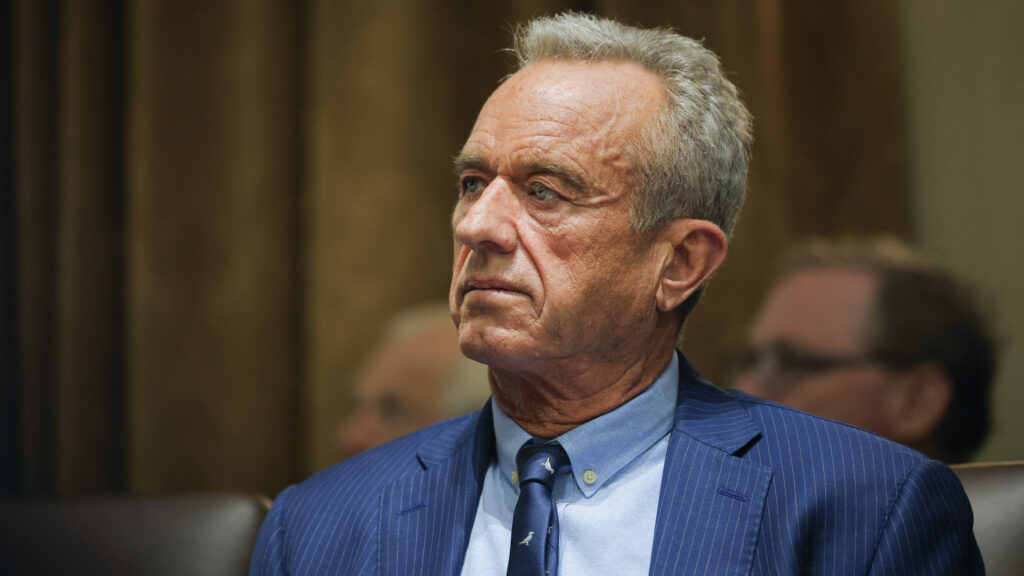Dramatic Moment: Swedish Health Minister Suddenly Falls During Live Briefing

In a startling moment captured on video, Elisabet Lann's sudden collapse during an official meeting has drawn widespread attention. The dramatic footage reveals Lann seated attentively, seemingly engaged in conversation with another official, when without warning, she abruptly leans forward and topples over. The unexpected incident has sparked curiosity and concern about the circumstances surrounding her unexpected fall.
Witnesses present at the scene described the moment as both shocking and swift, with Lann appearing completely normal just seconds before her unexpected collapse. The video has since gone viral, prompting questions about her health and the events leading up to this dramatic moment.
While details remain limited, the footage provides a compelling and unsettling glimpse into what appears to be an unprecedented and mysterious incident involving the official.








